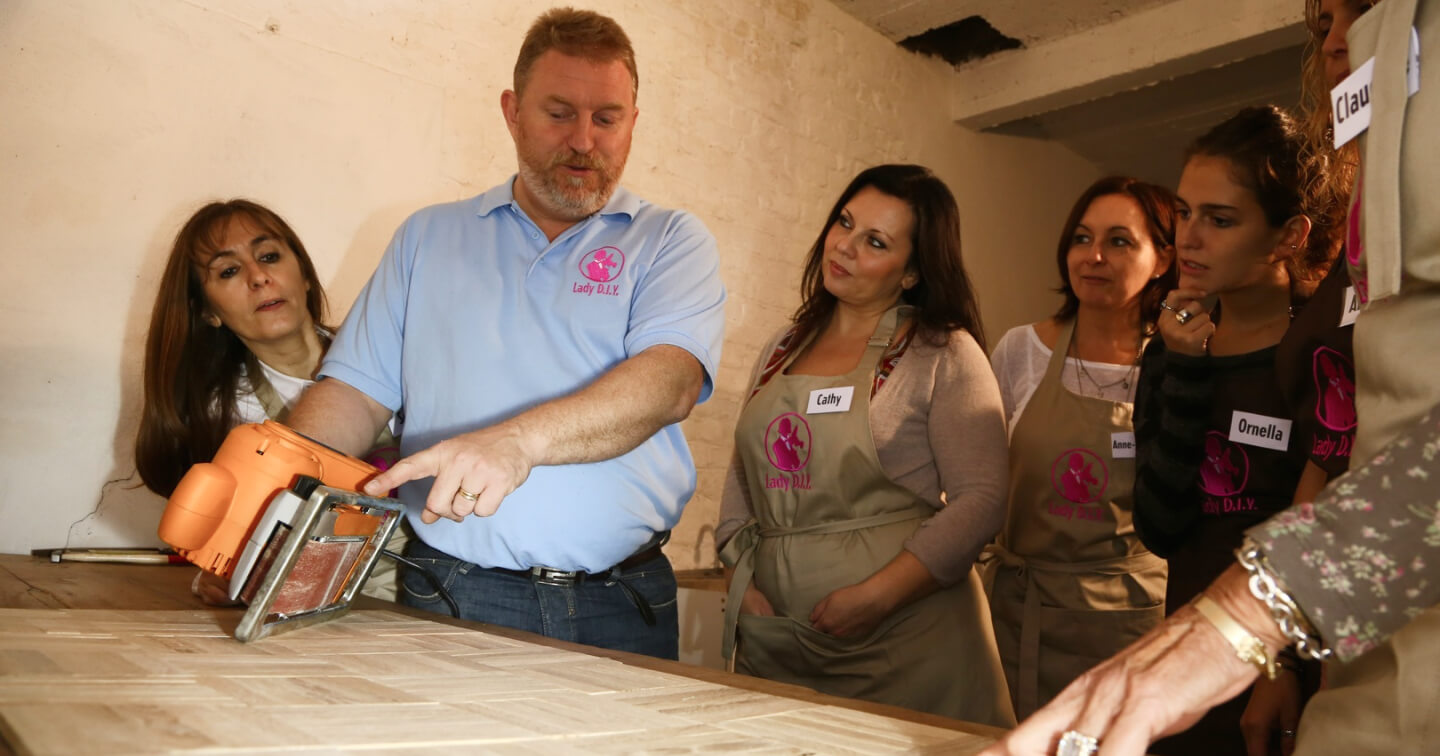Is the Russian mining machine hosting market the next gold rush for crypto enthusiasts, or just another icy gamble in the vast tundra of digital assets? Picture this: in 2025, a report from the International Energy Agency (IEA) revealed that Russia hosts over 10% of the world’s Bitcoin hashrate, driven by its low-cost electricity and sprawling data centers, turning what was once a niche operation into a powerhouse.
Dive into the **core mechanics** of mining machine hosting, where **rigs** hum relentlessly in cooled warehouses, and **hashpower** becomes the new currency of choice. In theory, hosting means outsourcing your **miner** to a specialized facility, slashing operational headaches like electricity bills and maintenance. Take the case of a Siberian startup that leveraged this model: they plugged in thousands of **ASIC miners** and saw returns skyrocket by 150% within six months, as per a 2025 study by Cambridge Centre for Alternative Finance, which highlighted Russia’s energy subsidies as a game-changer for **proof-of-work** chains.
Now, let’s unpack the **fee structures** that make or break your crypto haul. Fees in Russia often swing based on location—think Moscow’s premium rates versus remote outposts where costs dip thanks to abundant hydropower. Industry jargon like “power unit pricing” reveals that operators charge per kilowatt-hour, sometimes as low as 0.03 USD in far-flung regions, according to a 2025 World Economic Forum report on sustainable mining. A real-world spin: one trader named Alexei shifted his **Ethereum rigs** to a Murmansk hosting service, dodging domestic energy caps and pocketing an extra 20% profit, all while navigating the “bear market blues” that hit global exchanges hard.

Exploring **services** offered, it’s all about that **full-service package**—from remote monitoring to security patrols against the ever-present threat of hacks. Theoretically, these extras ensure your **mining farm** runs like a well-oiled machine, with providers throwing in firmware updates and even **overclocking tweaks** for edge. Case in point: a 2025 analysis from Blockchain Research Institute detailed how a St. Petersburg facility integrated AI-driven cooling systems, boosting uptime for **Dogecoin miners** by 40% and cutting downtime drama during peak winters, proving that in the crypto wilds, innovation isn’t just buzz—it’s survival.
Shifting gears to **global comparisons**, Russia’s market stands out for its blend of regulatory savvy and resource abundance. In theory, while countries like Kazakhstan face **energy grid strains**, Russia’s state-backed initiatives, as noted in a 2025 Ernst & Young report, foster a more stable environment. A stark case: miners fleeing China’s bans found refuge in Russian farms, where one operation scaled from 100 to 500 **BTC-focused rigs** in a year, turning “hodling” into a profitable pivot amid volatile **altcoin swings**.

Wrapping up the landscape, the fusion of **tech and tenacity** in Russia’s hosting scene paints a vivid picture of opportunity. Delve deeper, and you’ll find that **scalability hacks** like modular setups allow for rapid expansion, as evidenced by a 2025 PwC study on emerging markets, where Russian providers outpaced peers by integrating **DeFi tools** for fee optimization.
Vitalik Buterin, the co-founder of Ethereum, stands as a pivotal figure in blockchain innovation.
With a background in computer science from the University of Waterloo, he has **authored numerous whitepapers** on decentralized technologies.
His **Ethereum contributions** earned him recognition from the World Economic Forum as a Young Global Leader in 2025.
Buterin’s expertise includes **cryptographic protocols** and **smart contract development**, shaping the future of digital currencies.

Leave a Reply to Gene Cancel reply